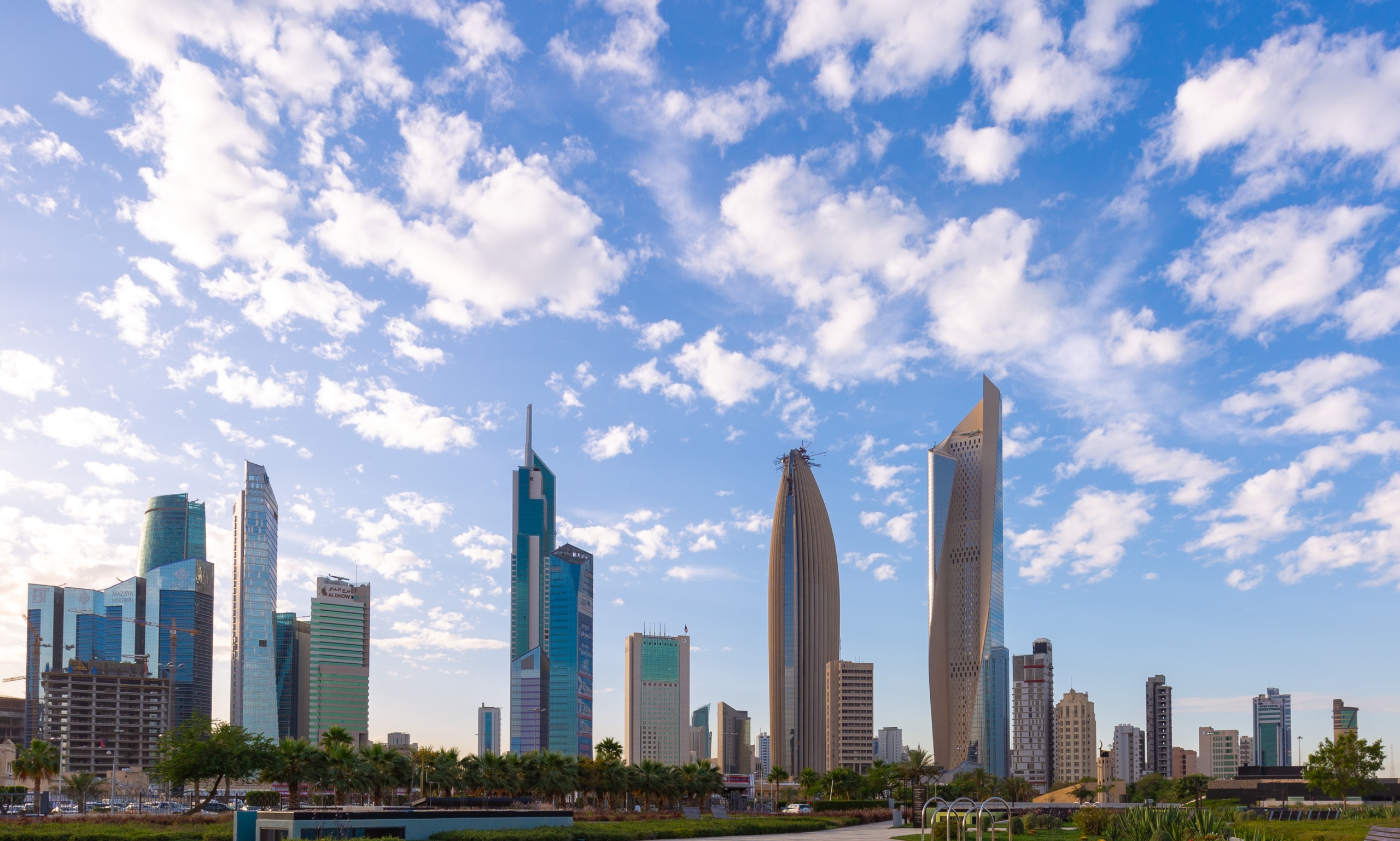Singapore Green Jet Fuel Levy on Travellers Ignites Funding Debate
Asia’s refiners are facing a profit pressure as Kuwait reduces crude exports

Asian refiners are looking for crude oil to take the place of Kuwaiti supplies as the OPEC producer reduces exports by about a fifth to feed its massive new refinery, raising costs of other sour crudes and potentially squeezing profit margins.
Lower Kuwaiti shipments follow OPEC leader Saudi Arabia’s cuts, which have pushed Brent prices LCOc1 close to $90 a barrel and left little room for Asia’s refiners, which rely on the Middle East for more than two-thirds of oil imports.
Chinese refiners, which have invested substantially in new sour oil processing plants, seem especially fragile.
Discounted Russian oil helped to relieve some of the pain by replacing some Kuwaiti supplies, primarily to China and India.
However, most Kuwaiti customers will have to pay more for the same oil from other suppliers such as Saudi Arabia, Iraq, and the United Arab Emirates, or purchase more expensive sweet grades from other locations.
“Saudi Arabia and the UAE are the top contenders for filling the Middle East supply gap due to their production and export of medium sour barrels,” said Janiv Shah, an analyst with Rystad Energy.
“It is unlikely that they are going to be able to completely meet demand.”
Sustaining output curbs by OPEC and its allies, as well as new refining infrastructure geared to process sour oil, might result in tight supplies until the end of 2024, according to Energy Aspects analyst Sun Jianan.
According to Kpler data, Kuwait’s oil shipments fell by nearly 10% to 1.61 million barrels per day (bpd) in January-July from the same period in 2022 as its Al Zour refinery ramped up.
According to the data, exports to Taiwan, China, and India decreased by more than 17% during the same period, while shipments to Pakistan, the Philippines, and Thailand sank to zero.
According to consultancies FGE, Energy Aspects, Rystad Energy, and S&P Global Commodity Insights, Kuwait will reduce its exports by up to 300,000 bpd in the second half, down 18% from the first half, as it diverts supply to the 615,000 bpd Al Zour plant, which cranked up its third and final crude distillation unit (CDU) in July.
Furthermore, Kuwait’s joint venture 230,000 bpd Duqm refinery in Oman is set to begin operations by the end of 2023, potentially reducing Kuwaiti crude exports by 100,000 bpd to 200,000 bpd in 2024, according to the consultants.
According to a source acquainted with the situation, Kuwait Petroleum Corp (KPC) has informed buyers that volumes may fluctuate each month and may be further lowered once Al Zour is fully operational.
KPC did not respond to a request for comment from Reuters.
THIRSTY REFINERS
The supply crunch comes as more than 1 million barrels per day (bpd) of additional Chinese refining capacity comes online. The 320,000-bpd Shenghong refinery and PetroChina’s 601857.SS 400,000-bpd Guangdong plant began commercial operations earlier this year, while Yulong Petrochemical’s 400,000-bpd refinery is set to begin trials in the fourth quarter.
“Almost all refineries in China are designed to process mainly medium sour crude oil,” said a Chinese oil trader, adding that restricted supply will decrease margins at Chinese refineries currently dealing with weak product demand.
Exports to significant importers such as China, Japan, South Korea, India, and Taiwan are projected to fall further in October when Kuwait begins supplies to its Vietnam joint venture Nghi Son refinery after a two-month maintenance period.
“The supply reduction in 2023 was factored in our term contract discussed last year,” KY Lin, representative for Taiwan Formosa Petrochemical Corp 6505.TW, said, adding that 2024 supply negotiations will begin soon.
According to Lin, Formosa may replace Kuwaiti supply with grades like Iraq’s Basra Medium, Qatar’s al-Shaheen, and Oman oil, as well as US light sweet crude.
PRICES INCREASE
According to James Forbes, an analyst at FGE, Middle East crude shipments are likely to fall by about 8%, or up to 1.35 million bpd, in the second half of 2023 compared to the first half.
Middle Eastern producers have raised official selling prices (OSPs) for July to September supplies, putting pressure on refiners.
In an indication that supply is tightening, benchmark Dubai’s first month traded $2.11 higher than the third month in August, compared to a $1.14 difference in June.
And the premium for sour Dubai crude over sweet Brent crude has shrunk dramatically to roughly $1 per barrel, down from nearly $6 at the start of the year, and it briefly traded at a slight premium to Brent in June.
Shah said: “The Brent-Dubai spread has recently widened but we do see some potential to narrow again if Asian demand strengthens further.”

